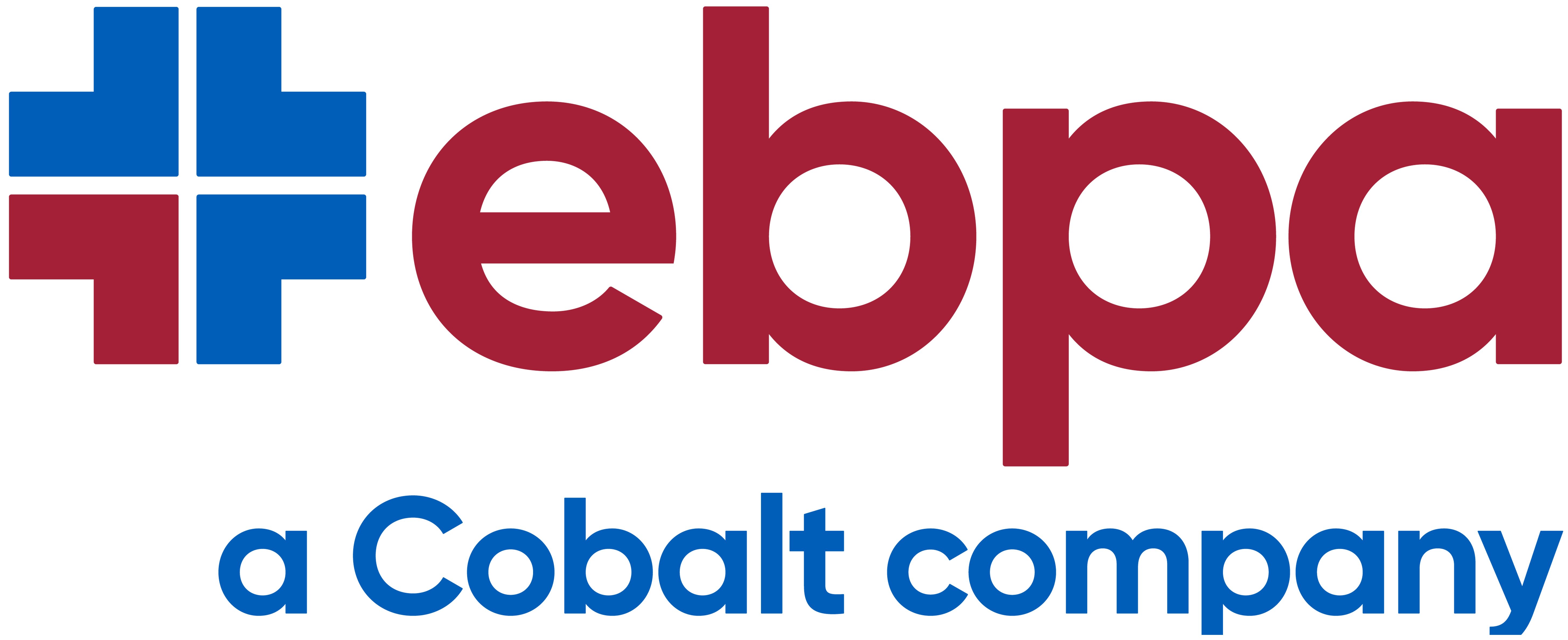
Safely Beat the Heat this Summer
Summer Safety - Quick Tips
- Hydration - Drink plenty of water, but avoid alcohol and caffeine to prevent dehydration
- Clothing - Dress in lightweight, loosely fitting clothing
- Sunscreen - Apply sunscreen to prevent skin damage, sunburn, or sun poisoning
- Don’t forget about the shade - Avoid direct sunlight for extended periods of time, not only for your skin, but to keep your body temperature at a safe level
- Listen to your body – Make sure you seek a cold environment if you begin to feel ill or faint
Heat Exhaustion vs. Heatstroke
Heat exhaustion is your bodies warning sign that you are becoming overheated. When an individual starts to experience heat exhaustion, they will quickly need to cool down in a cool environment and hydrate.
Heatstroke is the result of ignored heat exhaustion as the body temperature of the individual has reached 104 degrees Fahrenheit or higher. Heatstroke requires emergency treatment and can be life threatening.
Heat Exhaustion Symptoms
Learn to recognize the following heat exhaustion symptoms to avoid Heatstroke:
- Confusion
- Dizziness
- Fainting
- Fatigue
- Headache
- Muscle ramps
- Nausea
- Pale Skin
- Sweating
- Rapid Heartbeat
Who is most at risk for heat exhaustion?
Heat exhaustion can affect anyone, however there are some people who are more at risk than others. They include:
- Children
- Senior citizens
- People taking certain medications
- People with heart, respiratory, or other serious conditions
- People who are obese
No matter how healthy and fit you are, it’s important to know the signs of heat exhaustion and understand how to treat them. Being able to identify the first signs of heat exhaustion may be able to help yourself or someone else who is at risk of heatstroke.
